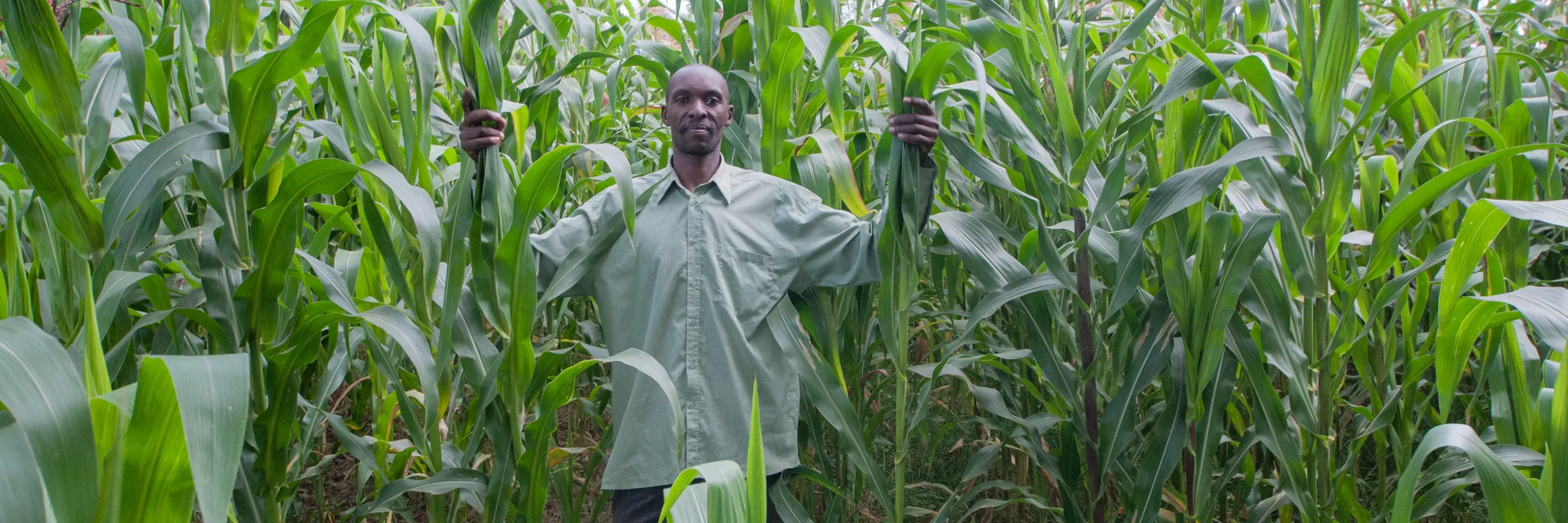
SLM and SDG 2
End hunger, achieve food security and improved nutrition and promote sustainable agriculture.
- Home
- SLM and SDGs
- SLM and SDG 2
Food Security
Definition
Food security implies guaranteed, regular access to food – importantly, to affordably priced, nutritious food delivering a balanced diet. The Food and Agriculture Organization (FAO) defines four aspects of food security: (i) availability, (ii) access, (iii) utilization, and (iv) stability.
Why is food security a global issue?
Food security is a global issue because nearly 800 million people in the world are chronically undernourished. With a global population of more than 7 billion, this is one in nine people. Many others are on the brink, meaning that events such as droughts, floods, or political instability can make them food insecure very quickly. SDG 2 seeks to “end hunger, achieve food security and improved nutrition and promotesustainable agriculture”.
SLM and food security
The most pressing concern for families dependent on land is to produce enough food for immediate use, bridging production gaps across seasons. SLM should therefore help households manage their land and water resources to maintain productivity. For urban dwellers in developing countries, the government must make sure that food is affordable and available. In some cities, urban agriculture can be an important source of supplementary vegetables, fruits, and livestock products. At national level, there may be a policy of “food sovereignty”, i.e. self-sufficiency. National governments are increasingly concerned with the impacts of climate change-induced droughts in combination with growing populations, and they endeavour to hold emergency food stocks. However, they often need to turn to the World Food Programme in emergencies. Such food relief may be tied to “asset creation” aimed at supporting resilience-building activities rather than distributing free food. This may include developing “assets” in the form of SLM and water harvesting/ irrigation infrastructure, to improve future resilience to droughts. Almost all SLM technologies that address food production simultaneously help to improve food security. Thus, integrated fertility management, erosion control measures, and water harvesting are not only aimed at soil and water conservation, but also at production. However, good SLM alone cannot solve all food security-related problems: adequate storage, efficient marketing, and effective distribution are also needed.
Climate-Smart Agriculture
Definition
Climate-smart agriculture describes systems that (a) sustainably increase productivity of crops (and livestock), (b) improve resilience (through adaptation), and (c) reduce or help remove greenhouse gases (achieving mitigation goals) while enhancing food security and development aims.
Why is climate-smart agriculture a global issue?
Climate-smart agriculture (CSA) has recently become a global issue because it deals with three worldwide challenges simultaneously: sustainable food production, climate change resilience, and climate mitigation. It falls under both SDG 2 (sustainable agriculture and food security) and SDG 13 (climate action).
SLM and climate-smart agriculture
Like several other new terms, CSA is not radically new as far as SLM is concerned. CSA’s objectives are inherent to a whole range of technologies that are – and always have been – at the core of SLM. SLM has consistently been seen as the way to support productivity in the long term, by countering land degradation and building up soil fertility. With respect to improving resilience, SLM advocates systems that are biodiverse (e.g. mixed cropping, crop rotation) and supported by physical or vegetative barriers that help control runoff and thus erosion. The reduction of greenhouse gas emissions through SLM is based on two strategies: first, control of land degradation (degradation leads to high emissions through erosion and vegetation decomposition) and second, increase of soil organic matter (with its high carbon content) and greater above-ground biomass. Thus, climate-smart agriculture and sustainable land management go hand in hand, and it is impossible to achieve CSA objectives unless they are underpinned by SLM. Conservation agriculture is a form of CSA, especially when combined withagroforestry. Finally, sustainable intensification of agriculture is, almost always, based on CSA.

Read more about the Sustainable Development Goal (SDG) 2 on the official website.